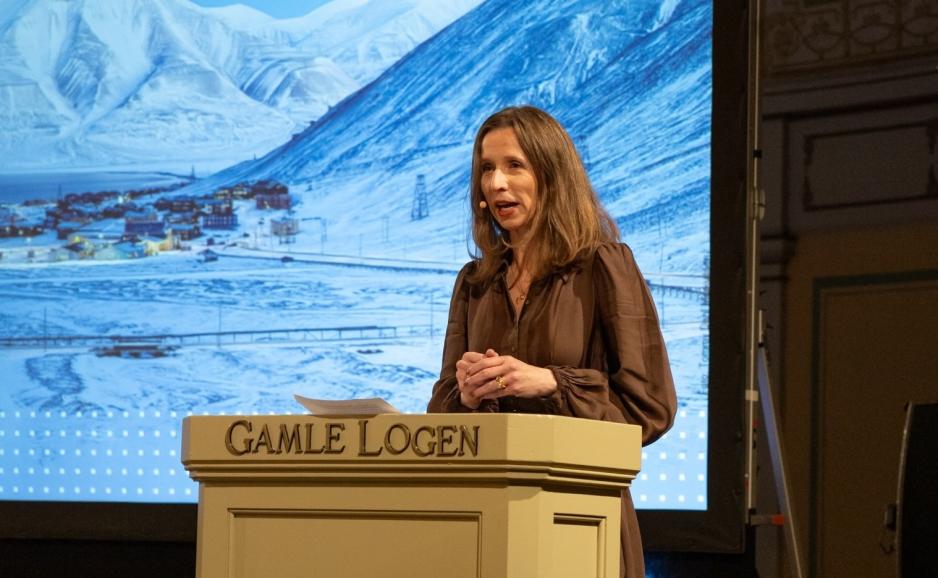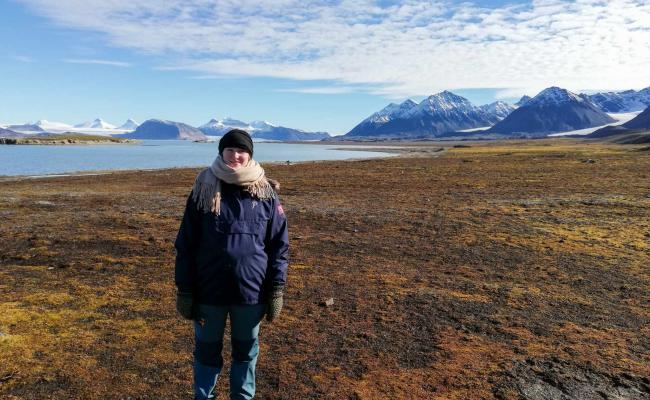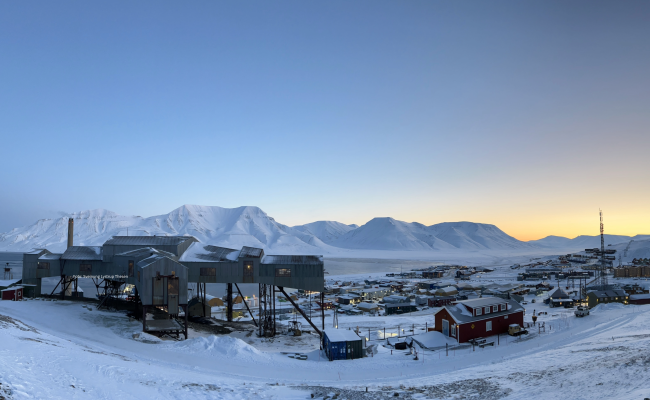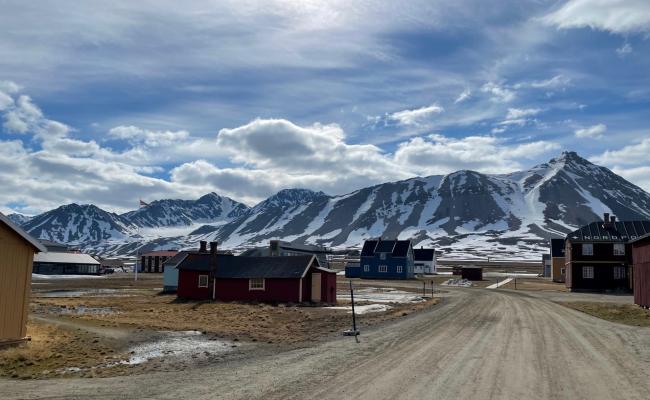The Norwegian State Budget: Major Investments in Svalbard

"We are strengthening national control over Svalbard, including critical infrastructure, and we will strengthen the Norwegian family community in Longyearbyen. This supports the aim of Norwegian communities on the archipelago. We are therefore proposing major initiatives, investments and grants in Svalbard in 2026," says Minister of Justice and Public Security Astri Aas-Hansen in a press release. (Archive photo: Magnus Buer/Ministry of Justice and Public Security)
The Norwegian government proposes major investments in Svalbard in its budget proposal for 2026. The investments aim to promote settlement for families in the High North, strengthen research leadership and national control in Svalbard, and contribute to the cleanup of mining activities. "We are strengthening national control on Svalbard," says Minister of Justice and Public Security Astri Aas-Hansen.
The proposal for the Norwegian state budget for 2026 follows up on several important aspects of the Svalbard white paper and suggests an increase of over NOK 100 million for measures on the archipelago.
The government wants an environmental cleanup of the mining activities, strengthening of national control and research leadership on Svalbard, as well as increased settlements of families in the High North. The government will also take on responsibility for the energy supply in Longyearbyen.
"Longyearbyen is, and will continue to be, a good place to live. The government is now following up on last year's white paper with concrete investments and proposals for allocations for 2026," says the Norwegian Justice and Public Security Minister Astri Aas Hansen in a press release.
Want more families
The share of foreign citizens in Svalbard has increased rapidly in recent years. The number of residents with Norwegian citizenship in Longyearbyen was 64 percent last year, the lowest share ever measured, according to Statistics Norway. In April last year, there were 1,676 people with Norwegian citizenships living in Longyearbyen and Ny-Ålesund compared to 941 with foreign citizenships.
The government announced in its previous Svalbard white paper (Meld. St. 26) that several different incentives would be introduced to make it more attractive for Norwegian families with children to settle in Longyearbyen.
In the budget proposal for 2026, the government will carry on the increased child benefits in Svalbard, Finnmark, and Northern Troms. This entails that the existing supplement of NOK 500 per month in child benefits will continue for those living in those areas. This will cost around NOK 103 million.
"The High North is Norway's most important strategic area of investment, and good and safe local communities are an important part of the government's High North strategy. Increased child benefits will promote settlement in the High North," says the Norwegian Minister of Children and Families, Lene Vågslid.
In addition to continued increases in child benefits, the government is proposing NOK 118.8 million in support for reduced energy prices in Longyearbyen.
The population of Svalbard has experienced a sharp increase in electricity prices after the coal-fired power plant was shut down in 2023. The aim is for Svalbard to be self-sufficient in renewable energy by 2030. Until then, electricity comes from a diesel power plant.
Also read (article continues below)
Energy supply
In the proposal for the state budget, the government also reveals that it will assume responsibility for the energy supply in Longyearbyen. This was also an important point in the Svalbard white paper.
The responsibility for energy supply has been with the Longyearbyen Community Council since 2022. The government is now proposing to facilitate a state takeover of energy supply responsibility. This will be done by Store Norske Spitsbergen Kulkompani (wholly owned by the Ministry of Trade, Industry and Fisheries) purchasing Svalbard Energi from the Longyearbyen Community Council.
After taking over responsibility for the energy supply, Store Norske will carry out a significant upgrade of the energy supply in Longyearbyen.
At the same time, the government is proposing that the state cover the cleanup costs after the coal-fired power plant. The Ministry of Trade, Industry and Fisheries is proposing to allocate NOK 134 million in subsidies for this purpose.
"It is important that the liquidation and cleanup after the Norwegian mining operations in Svalbard take place in an orderly and responsible manner, in line with requirements from the environmental authorities. This is both about concluding an important part of the Norwegian industrial history properly and taking responsibility for the traces of human activity in one of our most unique natural areas," says the Minister of Trade, Cecilie Myrseth.
Also read (the article continues below)
National control and research leadership
The Minister of Justice and Public Security, Astri Aas-Hansen, says the budget proposal aims to strengthen national control over Svalbard and that the government wants to strengthen the Norwegian family community in Longyearbyen.
"This supports the aim of Norwegian communities on the archipelago," she says.
Among the allocations to strengthen national control are NOK 23,1 million in increased subsidies to Longyearbyen Community Council and NOK 8,1 million in increased subsidies for the Governor of Svalbard.
"The community council is closest to both challenges and opportunities, and will be able to translate this into good local policy, which in itself is good Svalbard policy," says Aas-Hansen.
Norwegian research leadership was also an important element in the Svalbard white paper. The government now wants to increase the subsidy to the Norwegian Polar Institute by 50 million kroner. 7 of these will go to strengthen the institute's research presence in Svalbard.
The government is also following up on its promise to fully fund the Arctic Ocean 2050 research project. The project will receive NOK 100 million per year over ten years. This will also increase Norwegian research activity in Svalbard.





